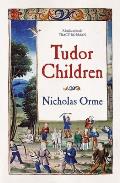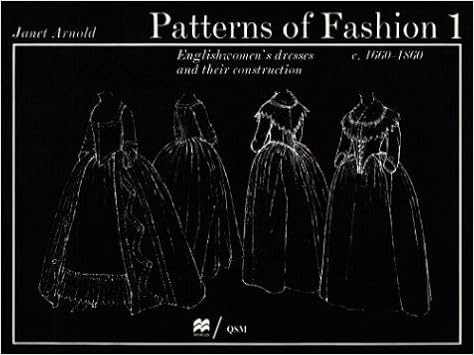A few winters ago now, The Met had an exhibit on Tudor artwork, and I was very excited to get my hands on a copy of the exhibition catalog (before the exhibit ended even!), though I procrastinated writing it up. In a fun turn, however, I recently discovered that the museum put a walk-through video of the exhibit online, and that inspired me to finally finish the review.
 |
| The Tudors: Art and Majesty in Renaissance England |
The Tudors: Art and Majesty in Renaissance England by Elizabeth Cleland and Adam Eaker is the exhibition book for the Metropolitan Museum's Winter 2022-2023 exhibit of 16th century English art and portraiture. As the title suggests, that exhibit mostly looked at the portraiture and decorative arts of Tudor England, particularly that of the royal family, and how such artworks helped shape the Tudor dynasty's public image.
The book is organized around the 123 artifacts in the exhibit (or intended to be in the exhibit as originally conceived before 2020 happened), grouped chronologically and thematically into four sections. These explore the role of art in defining the Tudor dynasty, creating its public image, enhancing the prestige of its court, and shaping its historic legacy. Nine essays divided between these contextualize the art, providing overviews of the historic events concurrent with their making, as well as the artists, stylistic movements, customs, and physical spaces which informed them. Holbein, naturally, gets his own essay.
Each artifact has its label, a full-color picture, and 1-3 pages of accompanying narrative discussing the specific artwork's provenance, purpose, symbolism, maker (as best as can be determined), construction techniques, etc. Many of these artifact write-ups also contained additional photographs of related artworks not included in the exhibit itself (such as buildings). In addition to the numerous portraits and miniatures, the featured artifacts include tapestries, embroideries, garments, armor, ceremonial plate, sketches, plans for buildings and decorative features, medals, sculpture, and prints. All of the Tudor monarchs are included, though Elizabeth I and Henry VIII's relatively long reigns are most heavily featured.
As an exhibit book, this volume is focused on interpreting specific artworks. While the essays do provide historic context and link these pieces to wider artistic movements, the history that is being covered spans over a century, and so is handled in very broad strokes. I liked that the what theory is discussed ends up thoroughly grounded in physical artifacts, though that might not be to everyone's taste. With so much material to cover, close-up and detail shots are not included. Also, while there is a very wide variety of objects included, paintings are far and away the largest category. If, for example, you're looking for many images of original 16th century armor, this isn't the right book; if you want two suits of armor discussed context of the splendor of Henry VIII's court, it just might be.
In size and photograph quality, this is a coffee table book. It's quite pretty, with large, full-color photographs (249 total). Not being able to attend the exhibit in person, this book is the next best thing. I am also excited to add to my library a physical book of high-quality visual references from this period.
Score: 4.5 stars.
Accuracy: High. Lots of photographs of original 16th century art, and the text is all discussion of these pieces.
Strongest Impression: A gorgeous book. Very useful for anyone interested in 16th century English art history, 16th century English royals, or who just wants a physical reference book for the classic portraits of that time. This isn't going to be particularly useful for the hands-on aspect of recreating garments, or for a thorough grounding in the period's history, but it's top-notch for inspiration and has interesting insights into artistic trends during the time period.

















